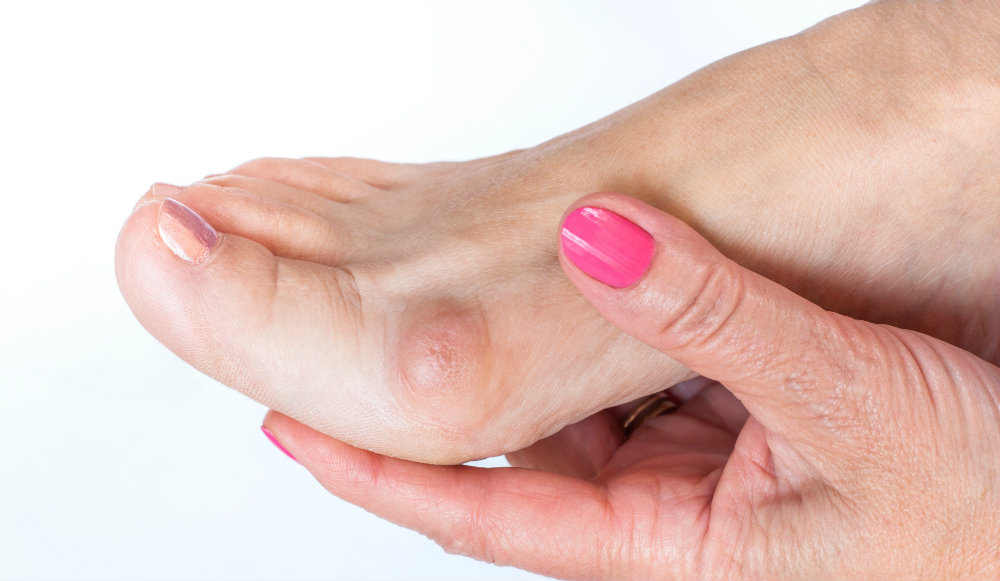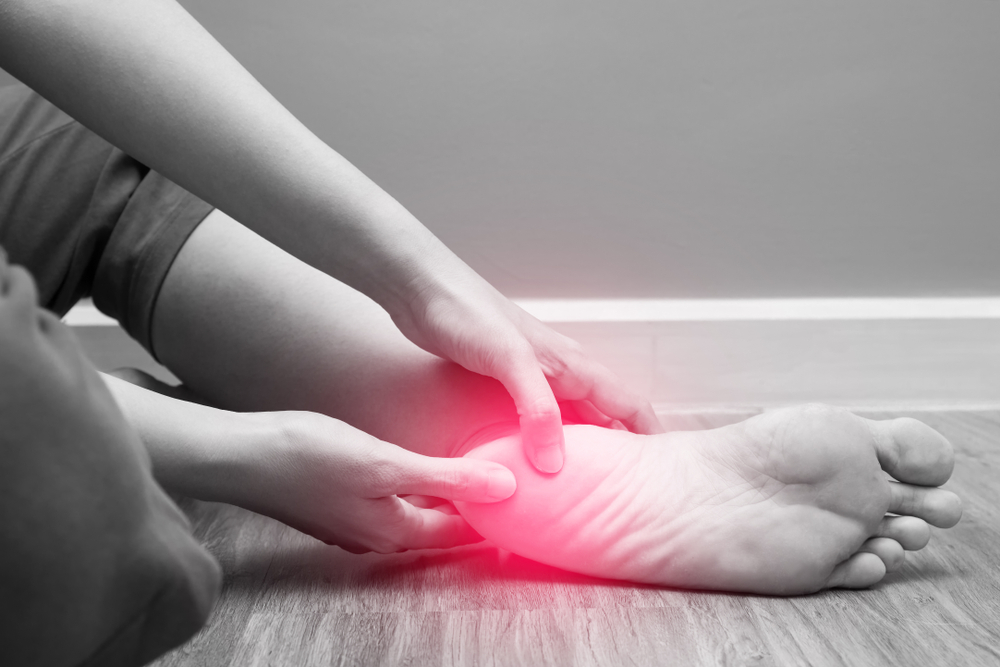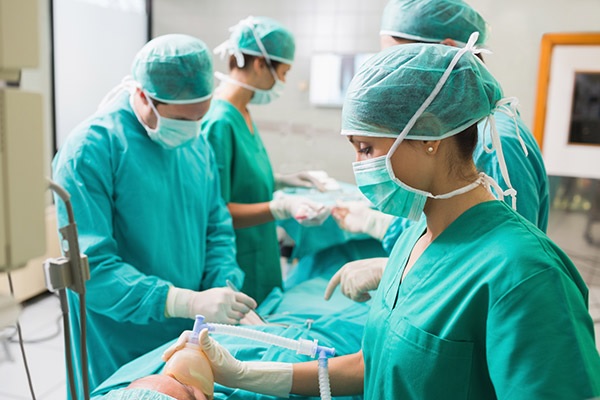Roohealthcare.com – The doctor will look for various symptoms including pain, swelling, and stiff joints in the feet. The doctor will also check for bunions, hammertoes, claw toes, flatfeet, and callouses. In more advanced cases of RA, the entire cartilage in the joints can be destroyed. He or she will apply gentle pressure on the joints in order to determine which ones need treatment.
Bunions are Painful Lumps on the Side of the Big Toe
A bunion is a painful bony lump on the big toe side. Claw toes are another common symptom of RA. In severe cases of the condition, the foot shape changes and may even become flat. The damaged tissues collapse the arch of the foot, turning it outward from the heel and ankle. In some cases, a large bump may form where the arch used to be.
Some of the most common symptoms of RA in the foot include pain, swelling, and stiffness in several joints. These symptoms can occur in both feet and may affect walking. Affected feet may have claw-toes, flat feet, and a swollen or painful ball of the foot. The symptoms can also cause problems with walking and can result in deformities. To determine the best treatment for your specific case, consult your rheumatologist and ask him or her to prescribe disease-modifying anti-rheumatic drugs (DMARDs) to help control the inflammation and prevent damage to the synovium.

The most common symptoms of rheumatoid arthritis involve the ankle and forefoot. In addition to pain and swelling, RA patients may experience pes plano valgus, which is a condition of the tendons surrounding the joint. Rheumatoid Arthritis may also lead to a weakened immune system, which can make it difficult to walk or perform activities of daily living.
RA Experiencing Pain In Both Feet At Once
In early stages of RA, the clinical symptoms are often subtle. However, abnormal MTP joint alignment and subluxation are found in 25% of patients within three years of disease onset. By 5 years, 10% of patients with RA may develop a moderate to severe deformity in their hindfoot. Gait analysis may also reveal a flatfoot deformity. Often, RA patients experience pain in both feet at once.
Nonsurgical treatments for RA include ice and ankle braces. Ankle braces can reduce pain and swelling in the ankle. Joint fusion procedures and steroid injections may also be used. However, these methods may only provide temporary relief. If they fail to provide adequate relief, surgery may be required. There are other options, including surgery, which may result in permanent joint replacement. In the early stages of RA, cortisone injections and steroid treatments may help relieve the pain.

A recent study looked at a small subset of patients with RA. The researchers examined whether they had foot symptoms, the time since their RA diagnosis, and the severity of the deformities. The authors found an increased prevalence of pronated feet and a high prevalence of hallux valgus. Overall, the study results suggest that foot pain is very common among RA patients, but the researchers did not find a significant correlation between swollen joints and the presence of hallux valgus.
The Most Common Surgery for RA in the Legs is Fusion
The most common surgery for RA in the foot is fusion. In this surgery, two bones are joined together, and cartilage from the former joint is removed. Although this procedure may be effective, it can limit the joint’s movement, especially if it is midfoot. The surgeon will discuss options with the rheumatologist. After the surgery, patients should take no weight for two to six weeks.
While there are no cures for RA, patients can find relief from symptoms with various medications. Orthopedic treatment involves the use of drugs that can reduce inflammation and pain. NSAIDs (nonsteroidal anti-inflammatory drugs) are the most commonly prescribed medications for RA patients. While the medications are effective, they cannot stop the disease from progressing. However, patients can also find support through organizations or community groups that help them cope with the symptoms of the disease.

Although rheumatoid arthritis can affect the entire body, patients with RA in the feet may experience pain in various joints. This condition affects up to 90% of RA patients, and symptoms usually first manifest in the toes and forefeet. Later on, the disease may affect the entire foot or ankle. Gout, ankylosing spondylitis, and Reiter’s syndrome are other types of rheumatoid arthritis that affect the foot and ankle.